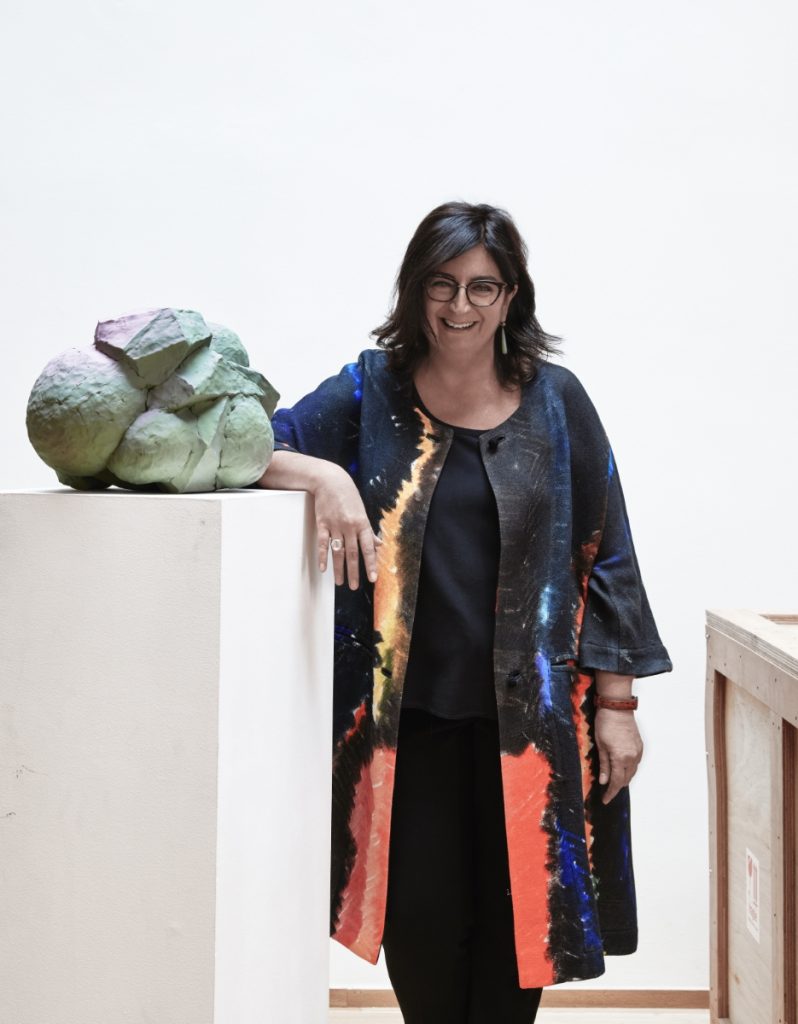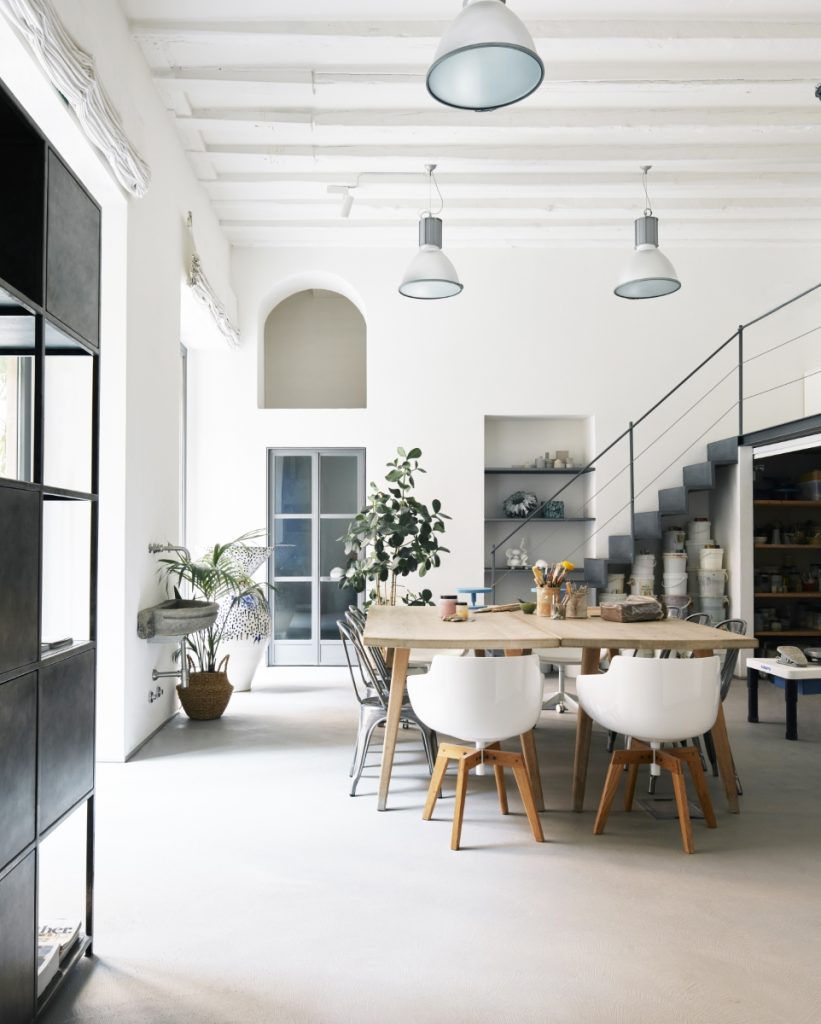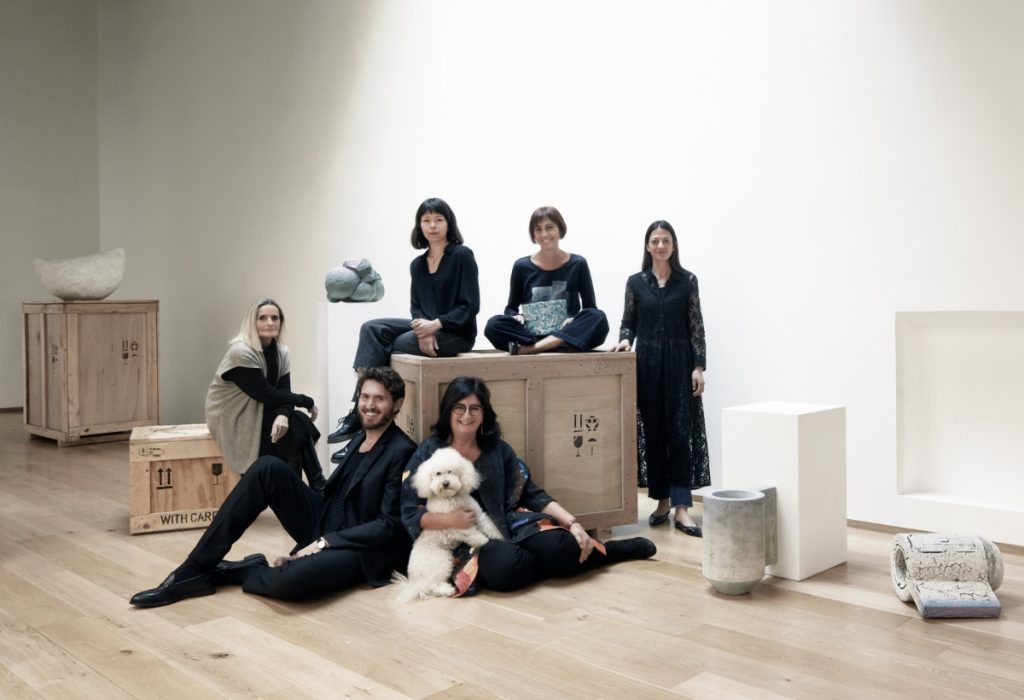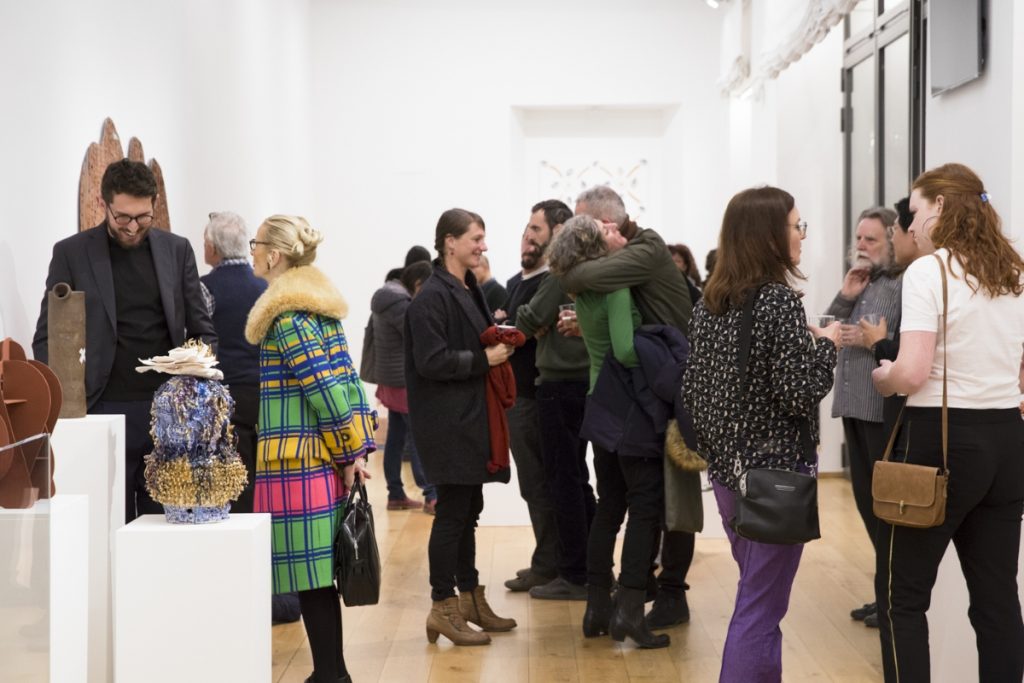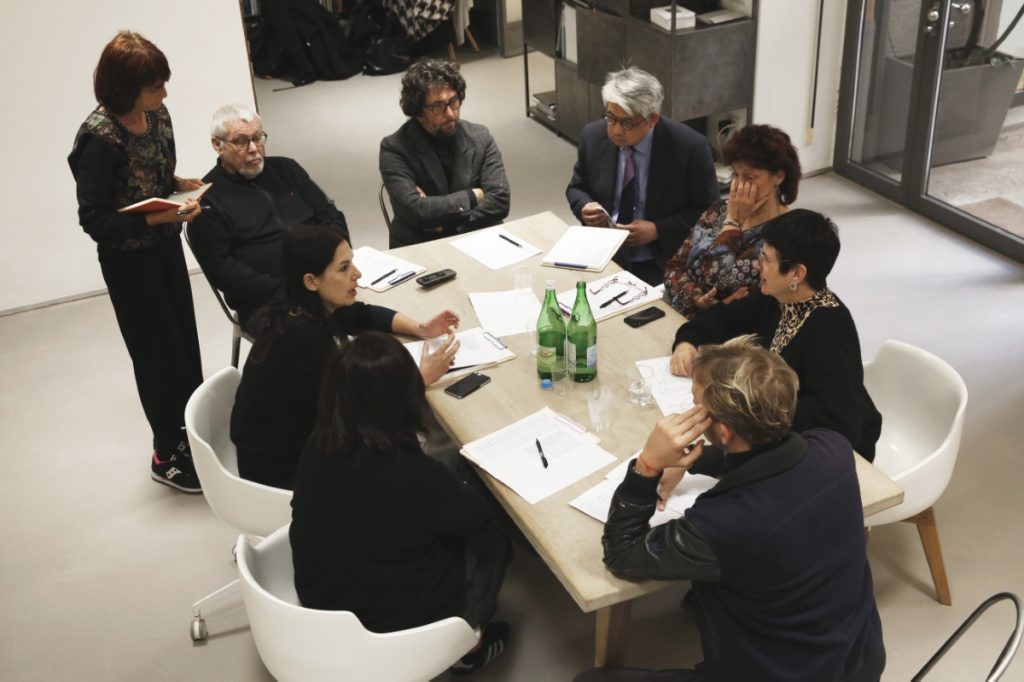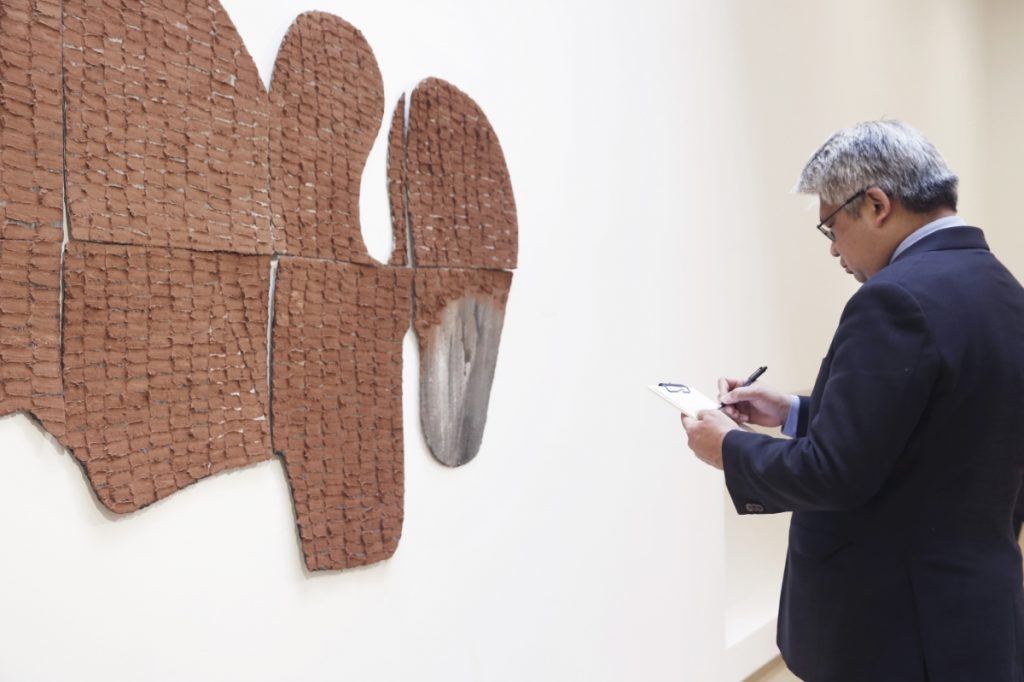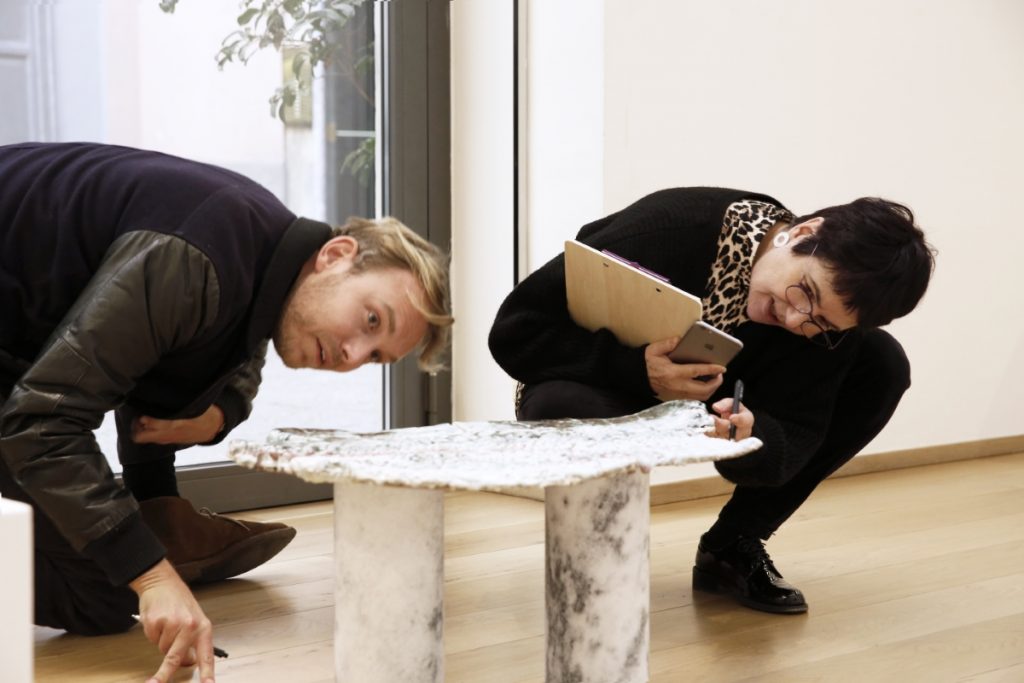This last summer we opened our first weekly newsletter announcing that applications are open for this year’s Officine Saffi Award. Over 2000 of you clicked to read more about the award, so we decided to interview Laura Borghi, the founder of Officine Saffi, so we can learn more about their activities. Also, we remind you that applications to Officine Saffi Award are open online until November 30.
Hi Laura! Could you give us an overview of your current activities at Officine Saffi?
Officine Saffi has always been a container of different projects, all aimed at the promotion and enhancement of contemporary ceramics. The Gallery comes with a very dense program of real and virtual exhibitions. We have recently opened the solo show of Paolo Gonzato, a very articulated project; his works were created in our workshop. The workshop is in constant activity, despite the limitations imposed by the coronavirus. Soon we will be holding two masterclasses that want to explore the intersections between ceramic and glass with two exceptional artists: Attua Aparicio and Silvia Levenson. Our contest has reached its fourth edition and we are receiving many entries from all over the world. We have managed to put together more awards than ever, which, in a period like this, can be of great importance to artists. In addition to all this, we work with great design companies for several shootings and we are developing the production of our own design line, which is to be presented next year.
How did the project start? Tell us more about the history of Officine Saffi and its Award.
Officine Saffi was born from my passion for ceramics, and to fill some kind of shortcomings: Italy is a land of great ceramic tradition, yet, before the birth of Officine Saffi, there was no structured project that promoted the use of this material. The factories struggled to survive, the artists did not know where to get the support to produce their works, and foreign artists did not have a gallery that could showcase their works in Italy. Officine Saffi wanted to fill these and many other gaps. In the beginning, it was not easy to establish ourselves in the system, but I believe that in 9 years we have managed to reach a substantial grade of development. I feel dizzy when I think of all the projects we managed to put together. The contest is one of the projects I care about the most. It was born two years after our activities started, intending to explore the universe of artists. To do so, I decided to put together a jury of experts to help me with the selection of the finalists. So, I created a small international team composed of museum directors, curators, journalists, and artists who played a fundamental role in the success of the award. Now we have got to the fourth edition and the jury has evolved a lot. We have an exceptional Commission of Experts, composed of leading figures such as Garth Clark, Glenn Adamson, Matt Wedel, Jill Singer and Monica Khemsurov, Isabelle Naef Galuba, Annalisa Rosso, Elisa Ossino, and myself who will carefully examine all the applications and select the finalists. As for the jury, since this year traveling is very limited, we have put together a team composed mainly of local judges, together with some other insiders we very much admire: Alessandro Rabottini (independent curator), Livia Peraldo Matton (director Elle Decor), Christian Larsen (Curator at MAD Museum), Alvise Braga Illa (Entrepreneur and collector), Julian Stair (artist), Carolina Orsini (curator Mudec).
The world of ceramics is extraordinary for this very reason: there is a feeling of community that transcends nations.
The fourth edition of the Officine Saffi Award also includes eight residencies at incredible ceramic centers around the world. How did you come to include these incentives in the award?
The competition was born spontaneously, but it immediately took shape as a strong project. From the beginning, we wanted to combine the first cash prize of € 10,0000 with residency prizes since we know the artists well and we understand that it is essential for them to travel, discover new techniques and cultures. The world of ceramics is extraordinary for this very reason: there is a feeling of community that transcends nations. And, suddenly, prestigious residencies such as Guldagergaard were enthusiastic to participate in this project. Over the years we have managed to involve amazing spaces, all very different from each other. EKWC can carry out projects at a certain level no one else can. Ranti Tjan, the director, has a team and equipment that any artist would dream of having at their disposal. The Sasama International Ceramic Festival, on the other hand, allows artists to have an authentic experience in the Japanese countryside, working closely with a remote and exciting community. The Mondovì Museum of Ceramics has opened the doors not only of their exhibition rooms but also of their production unit, for the winning artist to create an amazing solo exhibition. The artist and designer Päivi Rintaniemi has been with us since the very beginning, and in partnership with the city of Seinäjoki is giving artists the possibility to work in a design factory and to exhibit their pieces in cult places of Alvar Aalto’s international architecture.
Starting this year we are happy to welcome the oldest European manufacturer still in business, Este Ceramiche, where an artist can work surrounded by many centuries of ceramic history. A new residency award is also offered by the Bruckner Foundation in Geneva, which has a residency program that is very mindful of the international scene.
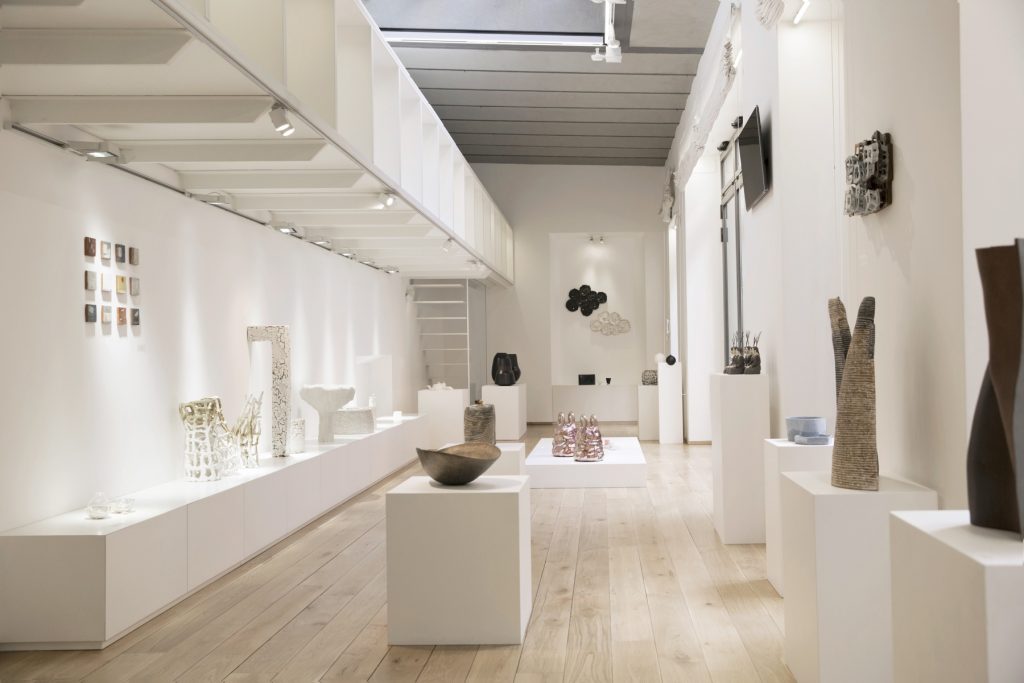
Do you think that the award and following exhibition fulfills their purpose as intended?
Of course, I wish the contest could offer even more prizes and could reach even more artists, but I think in a small way we are making a difference and moving the needle. We have just confirmed a new Acquisition Award dedicated to young artists, promoted by Four Arts. This new award confirms the growing interest in ceramics; the world of art and design have radically changed their attitude and are now very inclusive and less wary of those who work with ceramics.
Tell us about your future plans.
We have many upcoming plans, but unfortunately at the moment everything is pending, waiting to understand the evolution of our future. Officine Saffi will certainly always remain a center of research, development, production, promotion, and enhancement of contemporary ceramics.
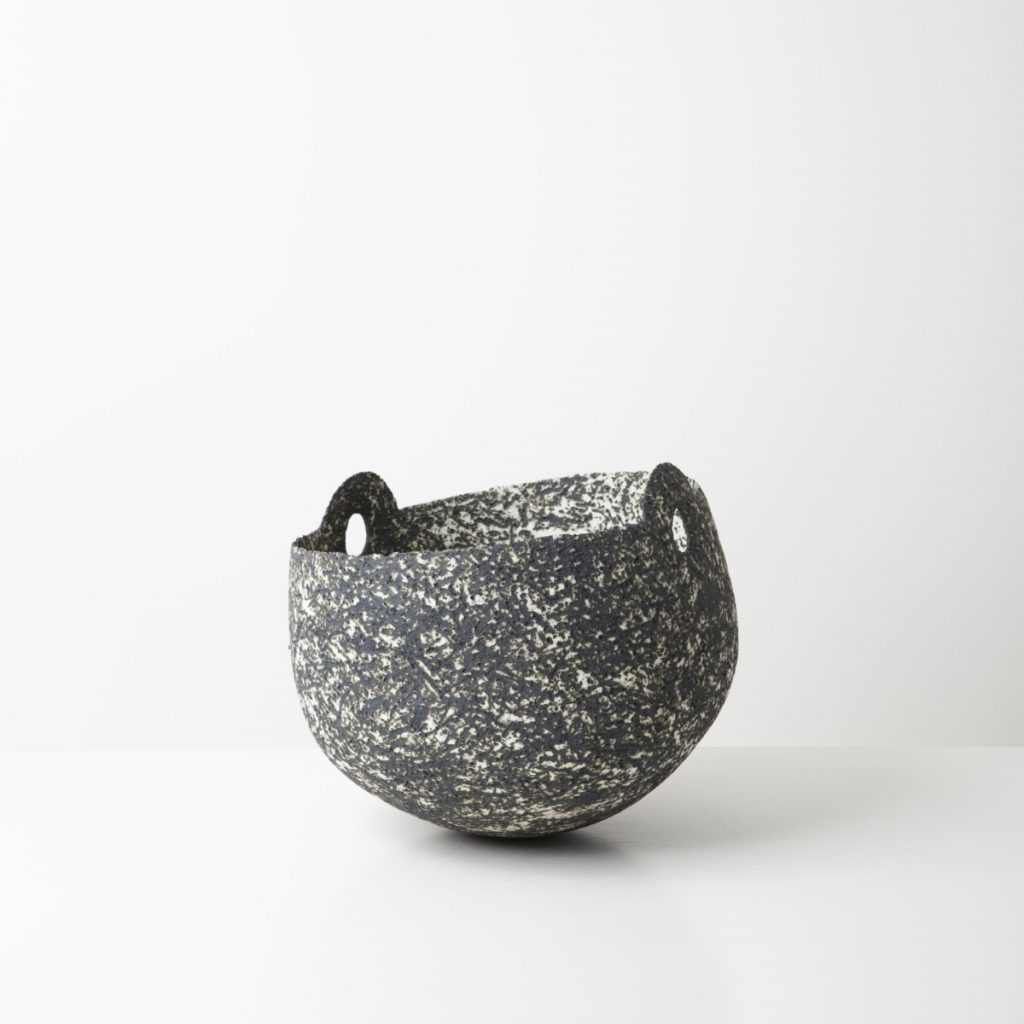
Officine Saffi Award, Finalist 1st edition, Kati Tuominen-Niittylä 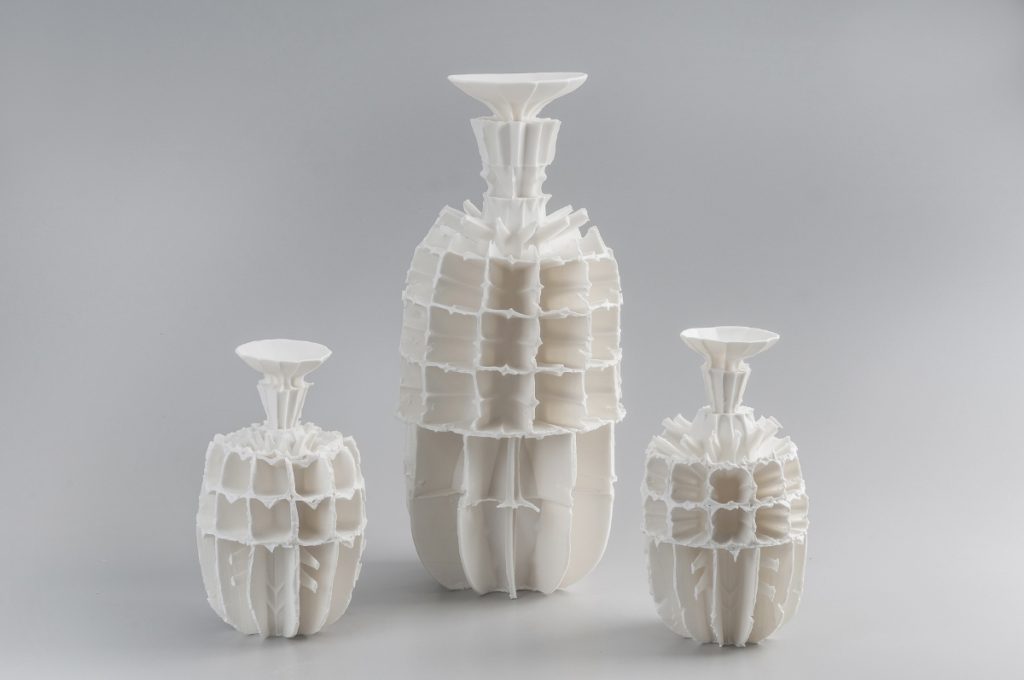
Officine Saffi Award, Winner Art Section 1st edition, Zsolt József Simon 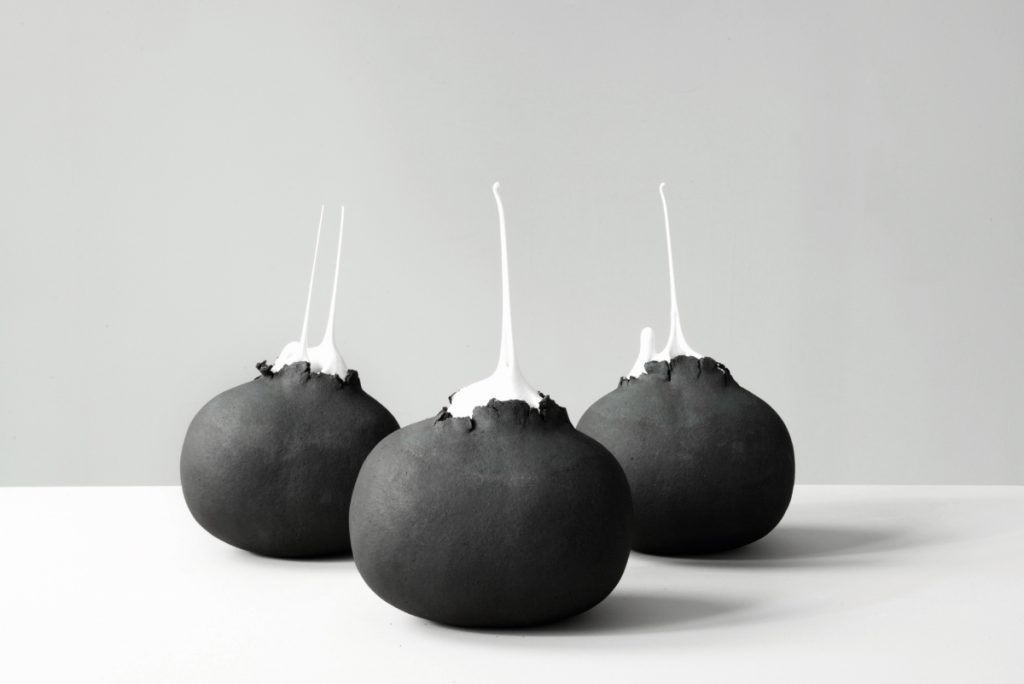
Officine Saffi Award, Finalist 2nd edition,_Emily Gardiner 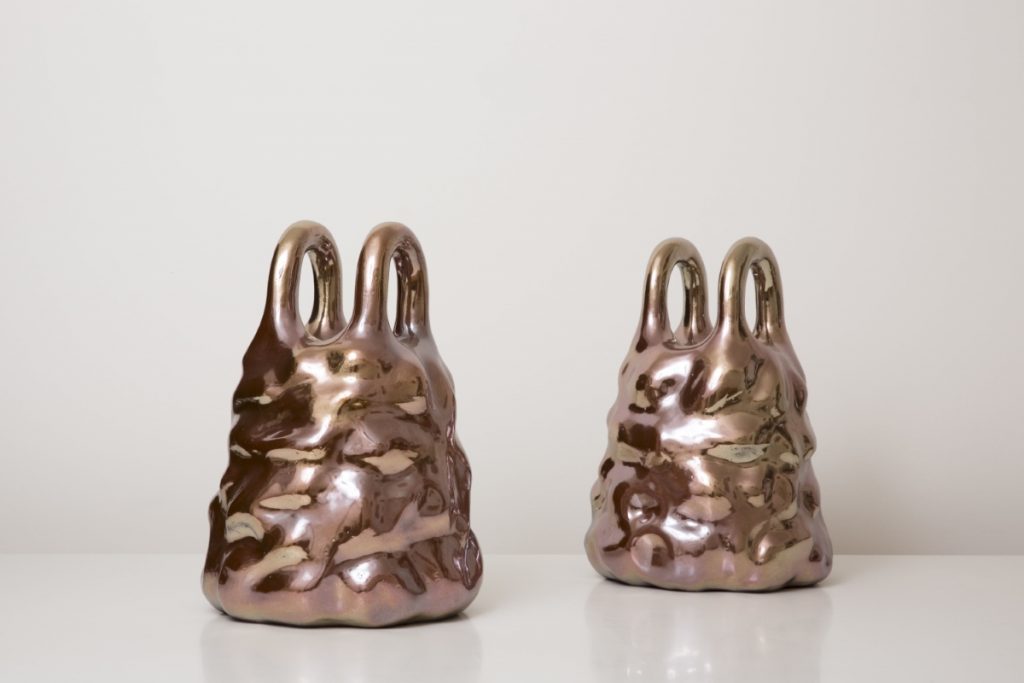
Officine Saffi Award, Winner Art Section, 2nd edition, Frank Louis 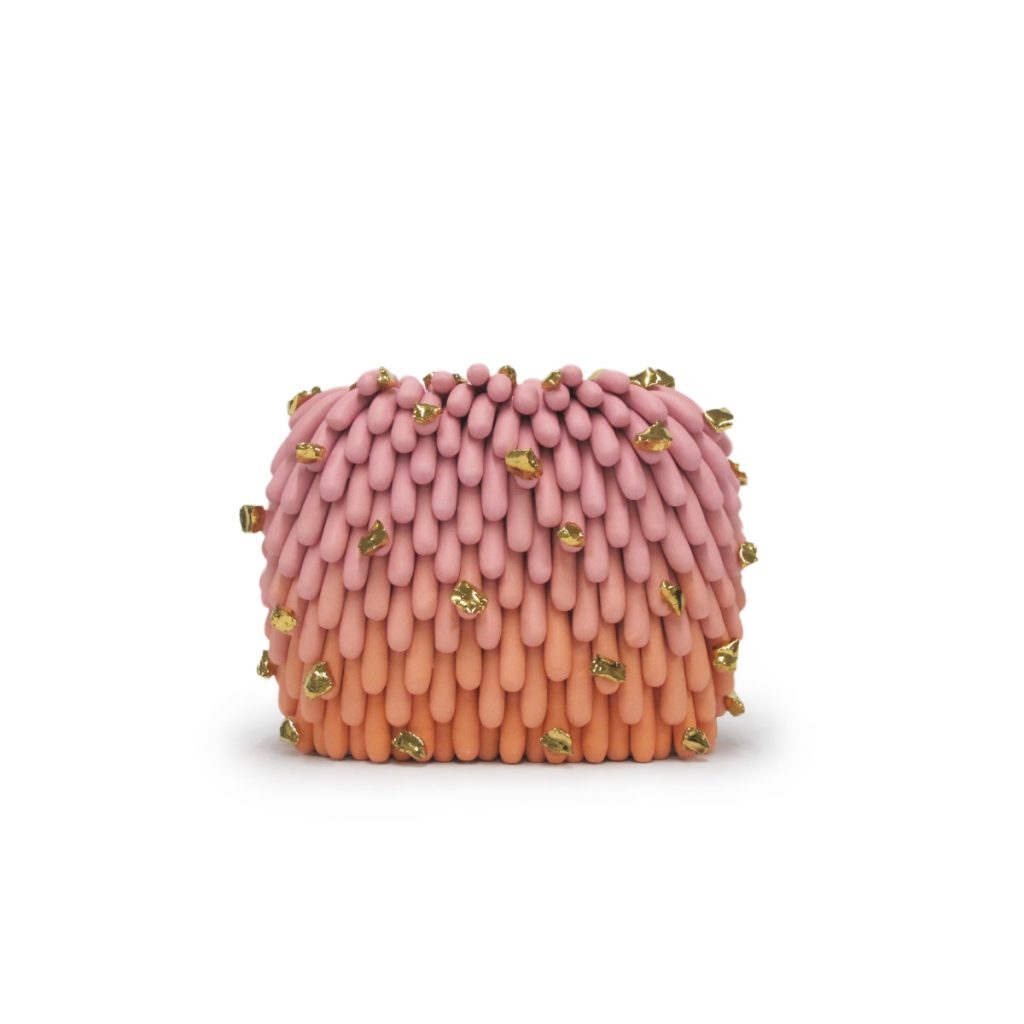
Officine Saffi Award, Finalist 3rd edition,_Linda Lopez 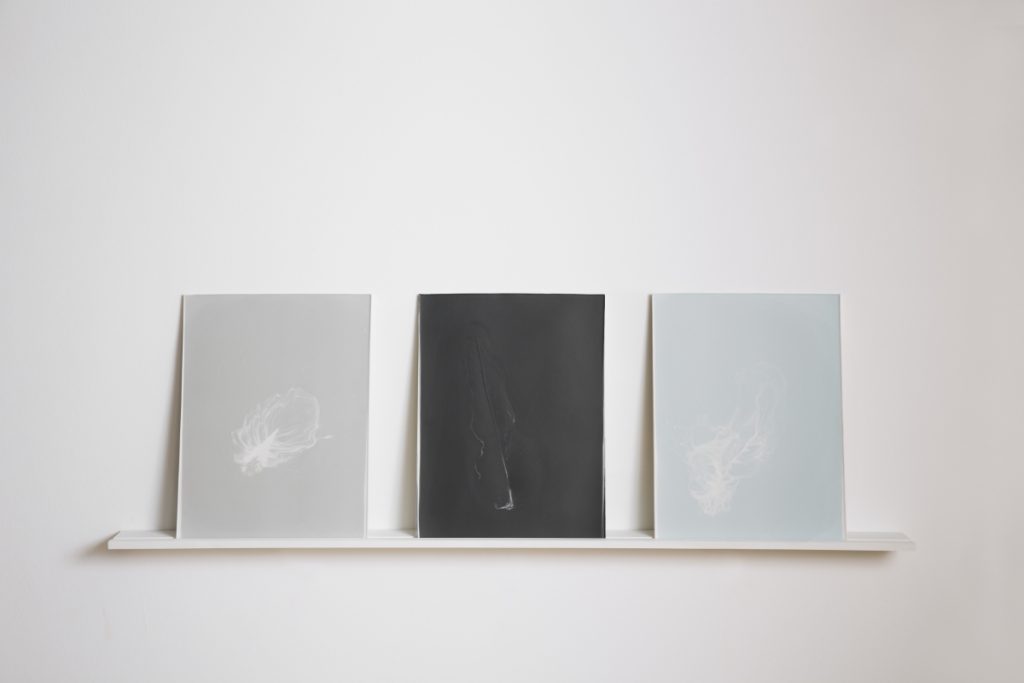
Officine Saffi Award, Winner 3rd edition, Sophie Mirra Grandjean
The Officine Saffi Award supports and promotes artists working with ceramics in contemporary art and collectible design. The competition is open to all contemporary artists and designers of any age, whether emerging or established, individuals or members of collectives, and with no restrictions on theme, gender or nationality, who use ceramics as an artistic medium. Visit Officine Saffi’s website and follow them on Instagram.
Many thanks to Laura for answering our questions.
If you liked what you read, sign up for our free weekly newsletter, Ceramics Now Weekly.
Interview by Vasi Hirdo, founding editor of Ceramics Now, 2020. Photos courtesy of Officine Saffi.


